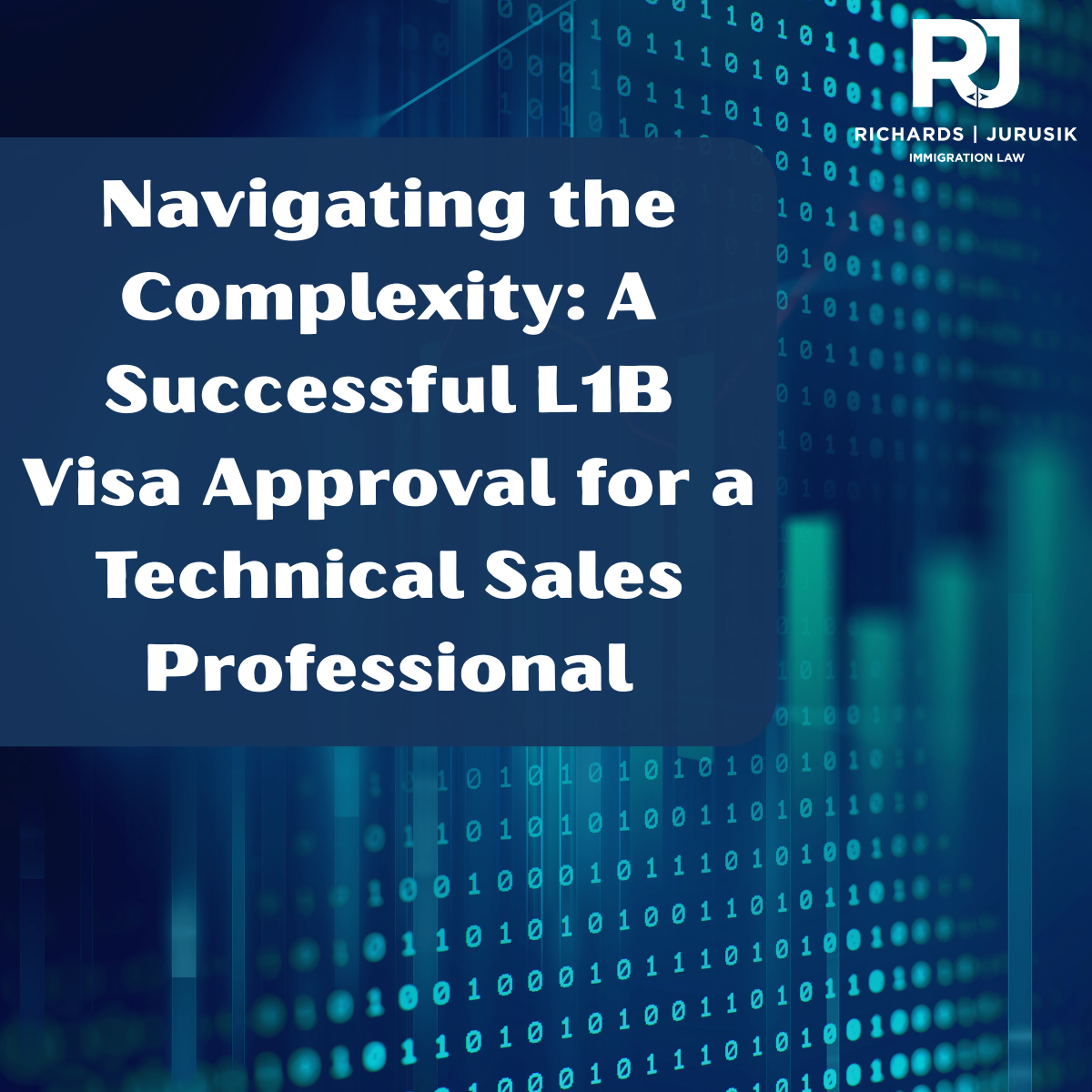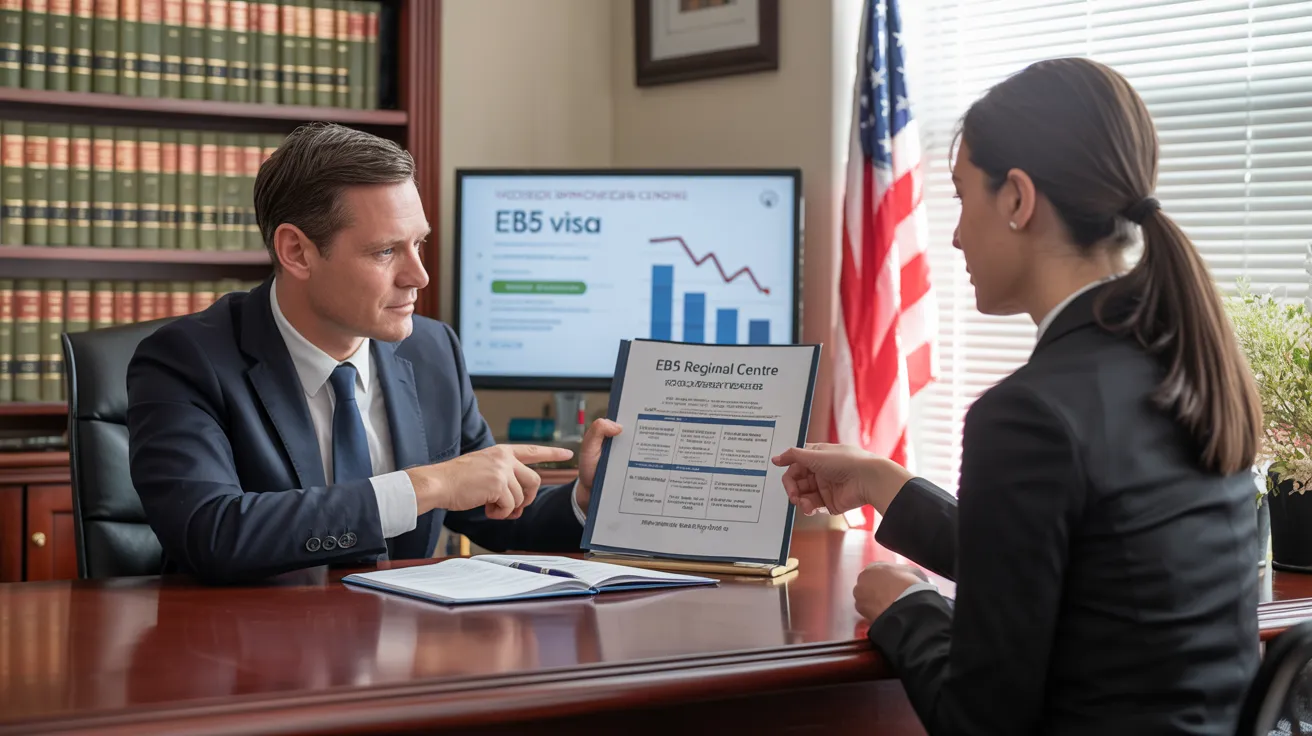L1 Visa Can Be Fun For Anyone
Table of ContentsWhat Does L1 Visa Mean?L1 Visa Things To Know Before You BuySome Ideas on L1 Visa You Need To KnowThe Greatest Guide To L1 VisaL1 Visa for DummiesThe Buzz on L1 Visa
Offered from ProQuest Dissertations & Theses International; Social Scientific Research Premium Collection. DHS Workplace of the Inspector General. Retrieved 2023-03-26.

U.S. Division of State. Recovered 2023-02-08. Tamen, Joan Fleischer (August 10, 2013).
The L1 Visa PDFs
In order to be qualified for the L-1 visa, the international company abroad where the Beneficiary was employed and the united state company need to have a qualifying relationship at the time of the transfer. The different kinds of qualifying relationships are: 1. Parent-Subsidiary: The Moms and dad indicates a company, firm, or various other lawful entity which has subsidiaries that it possesses and manages."Subsidiary" implies a firm, corporation, or various other lawful entity of which a parent owns, straight or indirectly, greater than 50% of the entity, OR possesses much less than 50% however has administration control of the entity.
Company A has 100% of the shares of Firm B.Company A is the Moms And Dad and Company B is a subsidiary. There is a qualifying relationship in between the two companies and Business B must be able to fund the Beneficiary.
Instance 2: Business A is incorporated in the united state and desires to petition the Beneficiary. Firm B is integrated in Indonesia and employs the Beneficiary. Company A possesses 40% of Business B. The staying 60% is owned and regulated by Business C, which has no relation to Business A.Since Company A and B do not have a parent-subsidiary partnership, Company A can not sponsor the Recipient for L-1.
Instance 3: Firm A is included in the united state and wishes to petition the Recipient. Firm B is included in Indonesia and employs the Recipient. Company A has 40% of Company B. The continuing to be 60% is had by Company C, which has no relation to Firm A. Nevertheless, Firm A, by official contract, controls and full handles Firm B.Since Company A has much less than 50% of Company B however takes care of and controls the business, there is a certifying parent-subsidiary relationship and Business A can sponsor the Recipient for L-1.
Facts About L1 Visa Revealed
Associate: An associate is 1 of 2 subsidiaries thar are both owned and regulated by the very same parent or individual, or owned and regulated by the very same team of people, in basically the very same proportions. a. Example 1: Company A is integrated explore your L1 Visa in Ghana and employs the Recipient. Firm B is integrated in the U.S.
Company C, additionally integrated in Ghana, possesses 100% of Business A and 100% of Firm B.Therefore, Business A and Company B are "affiliates" or sister firms and a certifying partnership exists in between the two firms. Firm B need to have the ability to fund the Beneficiary. b. Example 2: Firm A is incorporated in the united state
Firm A is 60% had by Mrs. Smith, 20% possessed by Mr. Doe, and 20% had by Ms. Brown. Firm B is incorporated in Colombia and presently employs the Recipient. Firm B is 65% owned by Mrs. Smith, 15% had by Mr. Doe, and 20% possessed by Ms. Brown. Company A and Business B are associates and have a qualifying partnership in two different ways: Mrs.
The L-1 visa is an employment-based visa classification established by Congress in 1970, permitting multinational companies to move their managers, executives, or vital employees to their U.S. procedures. It is frequently referred to as the intracompany transferee visa.

Additionally, the recipient has to have worked in a managerial, executive, or specialized worker setting for one year within the 3 years coming before the L-1A application in the international business. For new workplace applications, international employment has to have been in a supervisory or executive capacity if the recipient is concerning the United States to work as a supervisor or exec.
Everything about L1 Visa

If provided for a united state company functional for more than one year, the first L-1B visa is for up to three years and can be expanded for an extra two years (L1 Visa). On the other hand, if the U.S. firm is newly established or has been functional for less than one year, the first L-1B visa is provided for one year, with extensions readily available in two-year increments
The L-1 visa is an employment-based visa category developed by Congress in 1970, permitting multinational business to move their managers, execs, or key workers to their United state operations. It is frequently referred to as the intracompany transferee visa.
Indicators on L1 Visa You Should Know
In addition, the beneficiary should have worked in a supervisory, executive, or specialized employee setting for one year within the 3 years coming before the L-1A application in the international firm. For new workplace applications, international work must have been in a managerial or executive capacity if the beneficiary is involving the United States to work as a manager or executive.
for up to seven years to supervise the operations of the U.S. affiliate as an exec or supervisor. If released for an U.S. business that has been functional for more than one year, the L-1A visa is originally given for up to 3 years and can be prolonged in two-year increments.
If approved for an U.S. company functional for greater than one year, the preliminary L-1B visa explore your L1 Visa is for up to three years and can be expanded for an extra 2 years. Conversely, if the U.S. business is freshly established or has actually been operational for less than one year, the first L-1B visa is issued for one year, with expansions readily available in two-year increments.
Comments on “L1 Visa Explained”